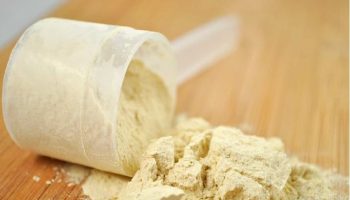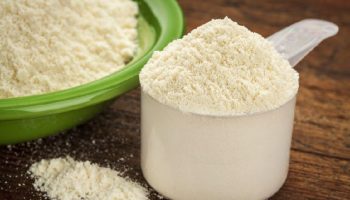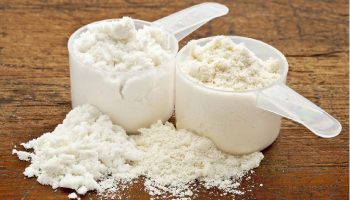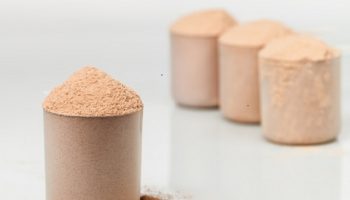Many protein powder manufacturers add cheaper amino acids than the base protein powder in order to actually increase the product’s nitrogen content (known as “protein spiking” or “nitrogen spiking”) and also to lower the manufacture cost of the product and also to increase the profitability. To test the amount of protein present per serving the total nitrogen content is estimated but this test can be deceptive as the use of cheap amino acids can give false value and can give result with high values of nitrogen content.
Using of cheap amino acid typically decreases actual monetary worth of the protein and also decreases the ratios of BCAA (Branch Chain Amino Acid – such as leucine, isoleucine and valine) which is a big drawback as BCAA are an essential amino acid required to build muscle tissue. That is why protein powder specifically whey isolates if available in cheaper to seem too good to be true, it could be that amino acids like taurine and glycine are added in excess. As amino acids are the building blocks of protein adding cheap amino acids do not have any harmful effect on our body but the desired effect of building muscle tissues is not achieved.
Check the label and in case if they are added in excess chances are that the protein powder could be spiked. You can also check for the presence of white specks in the protein powder easily visible in chocolate flavour powder. These white specks present in protein powder are usually the cheaper amino acids which are added to the protein powder to offset the cost and also to elevate the perceived protein content.
Therefore, one should be very careful when selecting the protein powder and one should read the label also carefully.





